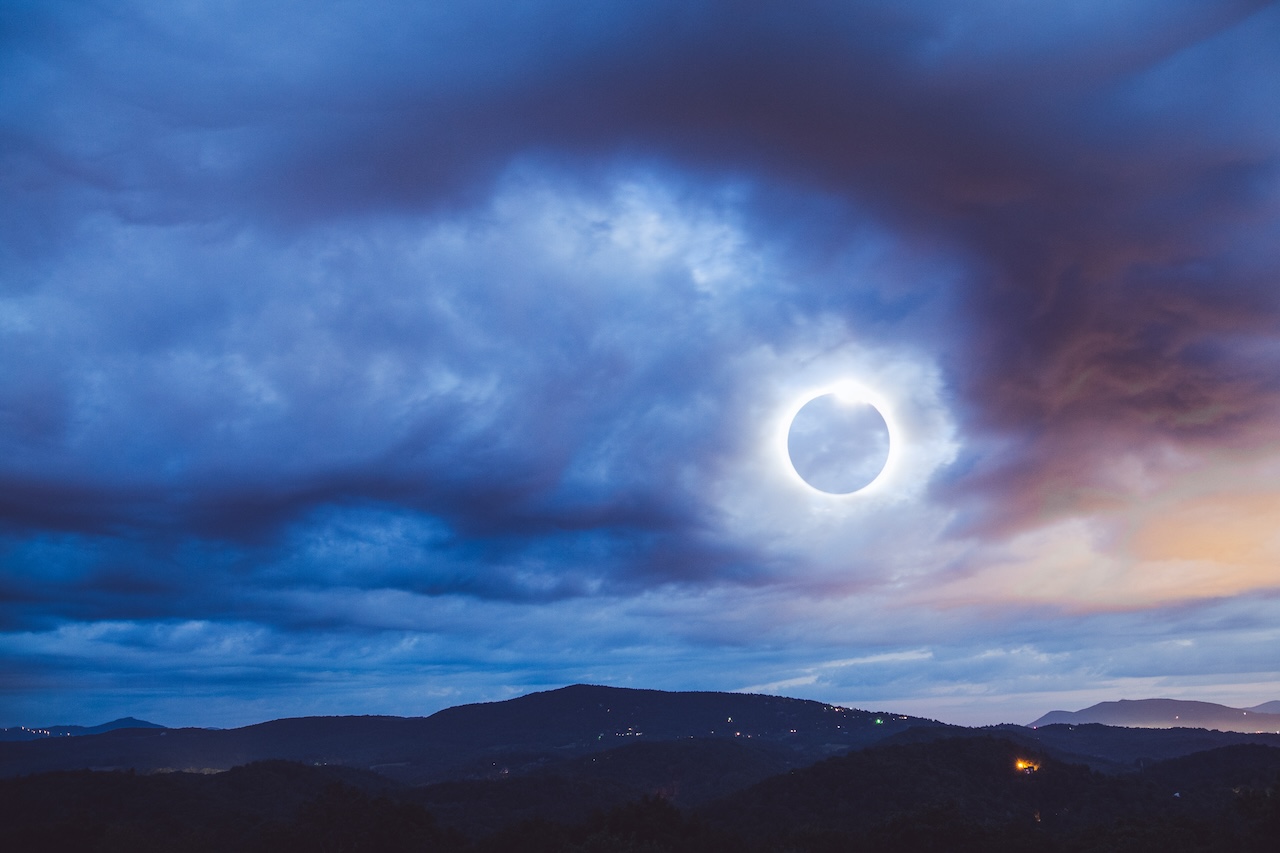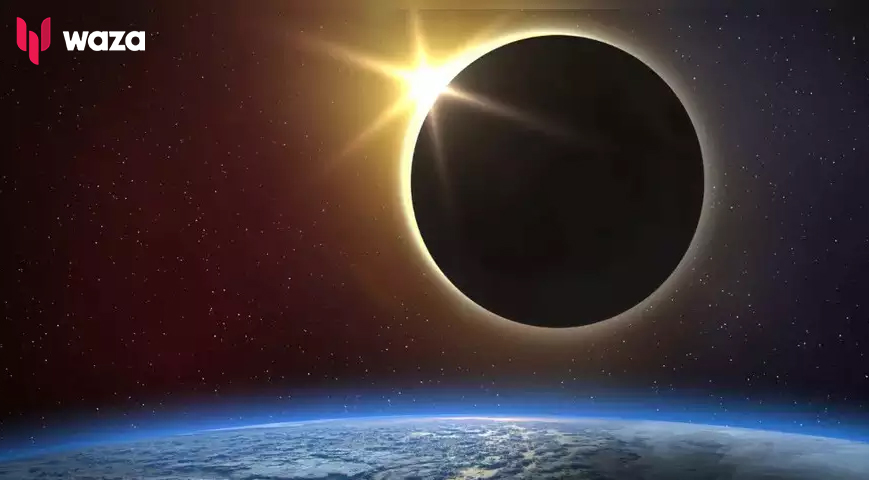On a rare occasion, millions of people gathered at coastal regions across Northern America on Monday, April 8, 2024, to witness a 4-minute science mystery. This unique event allowed them to observe the universe unravel the Sun's total solar eclipse.
The first to witness the extraordinary phenomenon of the Moon shadowing over Eagle Pass, Texas, were the locals, adding a personal touch to this grand celestial event.
The total solar eclipse, a celestial spectacle that traversed the entire North American continent, has now completed its journey through Mexico, the US, and Canada.
.jpeg)
In the US, where an estimated 32 million people reside, a total solar eclipse was visible in Texas, Oklahoma, Arkansas, Missouri, Illinois, Kentucky, Indiana, Ohio, Pennsylvania, New York, Vermont, New Hampshire, and Maine.
Did you read this?
When the Moon moves in front of the Sun, completely obstructing our view and throwing a shadow across the planet, this phenomenon is known as a solar eclipse. Solar eclipses come in three varieties: partial, annular, and total.
Depending on how much of the Moon is obscured by the Sun, you may witness one of the three types of solar eclipses. A partial solar eclipse occurs when the Moon partially blocks the Sun; a total solar eclipse occurs when the Moon completely obscures the Sun's light.

A total solar eclipse can be enjoyed for a number of reasons. NASA states that viewers must have clear skies to ensure that clouds won't block the phenomenon and that only those in the path of totality will witness the entire effect of the Sun being blotted out.
A partial eclipse, in which the Moon partially obscures the Sun, can still be seen by those who are not in the path of totality.
In August 2044, another total eclipse will likely be visible in North America.









